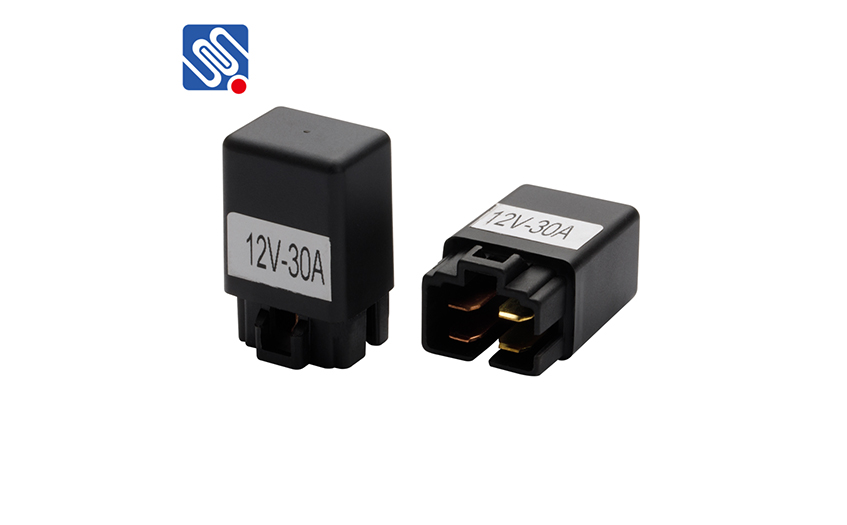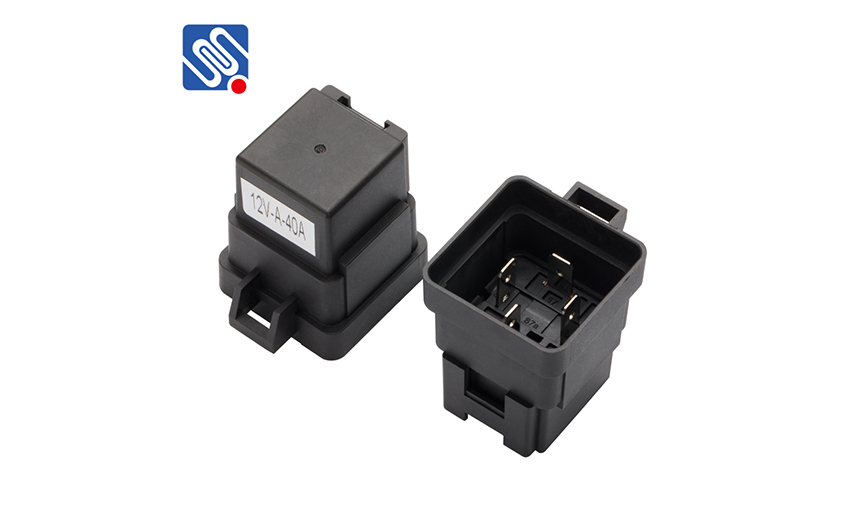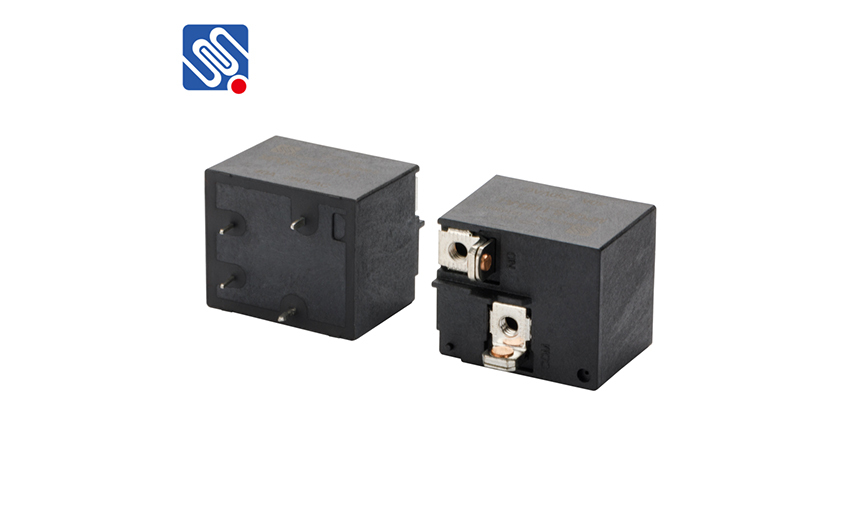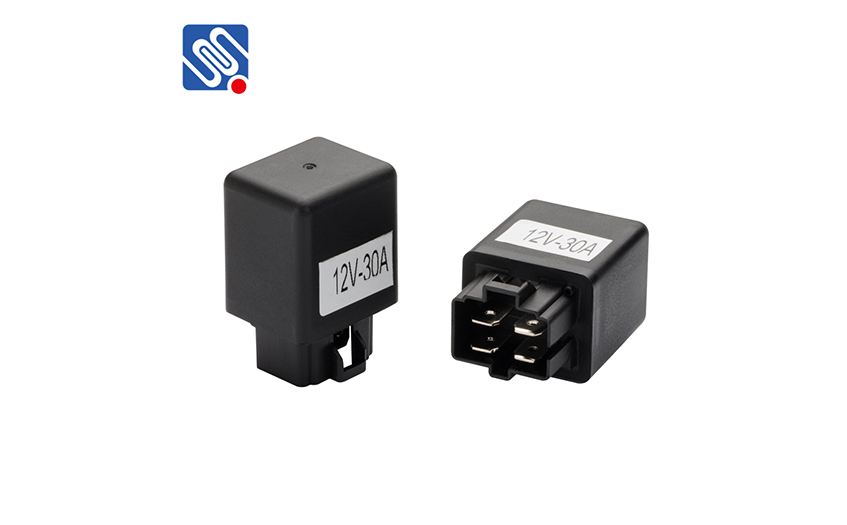Mid-Autumn Festival is a day of reunion for us. In order to welcome the Mid-Autumn Festival, and at the same time thank the employees for their hard work to Meis
-
Green transportation construction
Green transportation construction Among the key points of the pilot tasks for the construction of a “transportation power”, “comprehensively promote the prevention and control of pollution from ships and ports” and “vigorously pro...
-
smart city
smart city Electricity goes first for city development. As the pioneer of the citys smart distribution network, CHINT immersively serves all aspects of smart city construction. Guided by the strategy of One Cloud, Two Networks, and leveragi...
-
Principle of magnetic latching relay (detailed explanation o
Principle of magnetic latching relay (detailed explanation of magnetic latching relay drive circuit diagram and wiring method) The principle of magnetic latching relay (detailed description of magnetic latching relay driving circuit diagram...
-
The difference between dual-coil magnetic latching relay and
Magnetic latching relay is an automatic switch, like other electromagnetic relays, it automatically turns on and off the circuit. The difference is that the normally closed or normally open state of the magnetic latching relay is completely...
-
The relationship between small external circuit breaker and
In terms of functional theory, there is an interchangeable relationship between the two; the solution provider for small external circuit breakers is indeed promoting the implementation of this solution; but from the current industry genera...
-
Status of Magnetic Latching Relay Industry
According to the survey, the current global relay market is about 50 billion; domestic about 30 billion; magnetic retention accounts for between 4-50 billion, and domestic magnetic retention accounts for 2-3 billion (according to understand...
-
Magnetic retention industry overview and industry characteri
The magnetic retention application market is mainly concentrated in three markets: Smart switches, smart capacitors, smart meters. Smart meters: low price, large quantity, low process requirements, long introduction period, greater quality...
-
Common failures of relays
Common fault phenomena of relays include: coil burnout, short circuit between turns (insulation aging), contact ablation, thermal decay, and the inability to adjust the initial operating current. A. The relay coil is burnt out. In order to...







 selena
selena  sales@msrelay.com
sales@msrelay.com 13968707033
13968707033
 +86-577-62518811
+86-577-62518811





